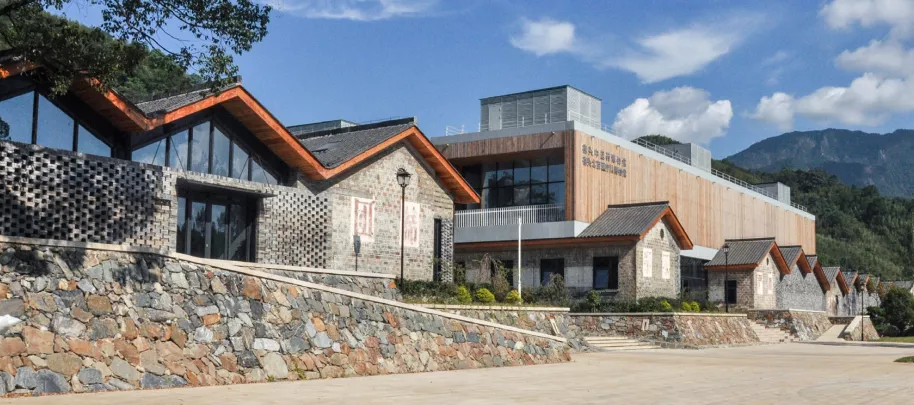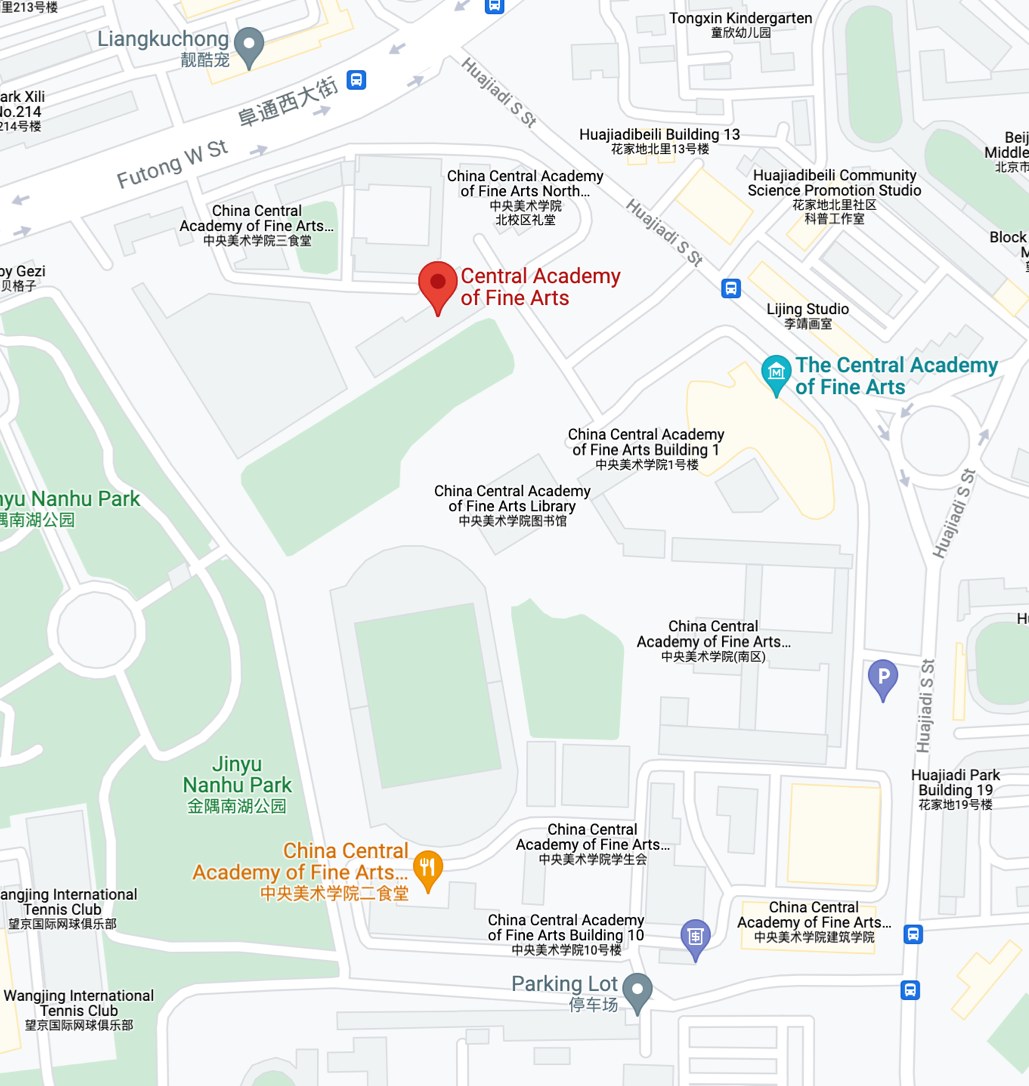
Space-Time Layer | CAFAM Collection of Graduate Works Exhibition debuted in Zhengzhou
On June 13, 2025, “Space-Time Layer: CAFAM Collection of Graduate Works Exhibition” had a grand opening ceremony at the Fuminli New Cultural District in Zhengzhou.

Exhibition | "101 Wishes: Exhibition of the Beauty of Chinese Characters" Overseas Tour
Recently, the "101 Wishes: Exhibition of the Beauty of Chinese Characters" was held in Cape Town, South Africa and Venice, Italy respectively. Featuring over 20 pieces/groups artworks, the exhibition traces the origin, evolution, and contemporary artistic reinterpretations of Chinese characters.

CAFA Student Works Featured in Sino-French Contemporary Design Exchange Exhibition in Paris
Recently, the "Light and Rhythm Reimagined: Sino-French Contemporary Design Schools Exchange Exhibition", organized by the School of Design at the Central Academy of Fine Arts (CAFA), opened at the National Institute of Gemology in Paris.

NEXUS: Transcultural Dialogues in Printmaking
Poughkeepsie, NY — The Trolley Barn Gallery at the Hudson Valley Arts Center proudly presents NEXUS: A Transcultural Printmaking Exchange, a landmark exhibition featuring works by leading printmaking faculty from China and New York State. Curated by Liang Kong (Director of Printmaking at the China Central Academy of Fine Arts) and Emilie Houssart (Chair of Printmaking at SUNY New Paltz), the exhibition opens with a public reception on April 19, 2025 (5–7 PM) and runs through April 30.

The Opening of the "China-UAE Art Community: Celebrating the 40th Anniversary of China-UAE Diplomatic Relations Youth Artist Creative Exhibition"
On November 28, 2024, the "China-UAE Art Community: Celebrating the 40th Anniversary of China-UAE Diplomatic Relations Youth Artist Creative Exhibition" opened at the Parkview Green Fangcaodi Parkview Contemporary Art Museum. Jointly organized by the Central Academy of Fine Arts (CAFA), the UAE Embassy in China, and the Mohammed Gallery, the exhibition showcased over 150 artworks from students of CAFA, Zayed University College of Arts and Creative Enterprises, New York University Abu Dhabi Division of Arts and Humanities, and the College of Fine Arts and Design at the University of Sharjah. President Lin Mao of CAFA attended the opening ceremony and delivered a speech.


















